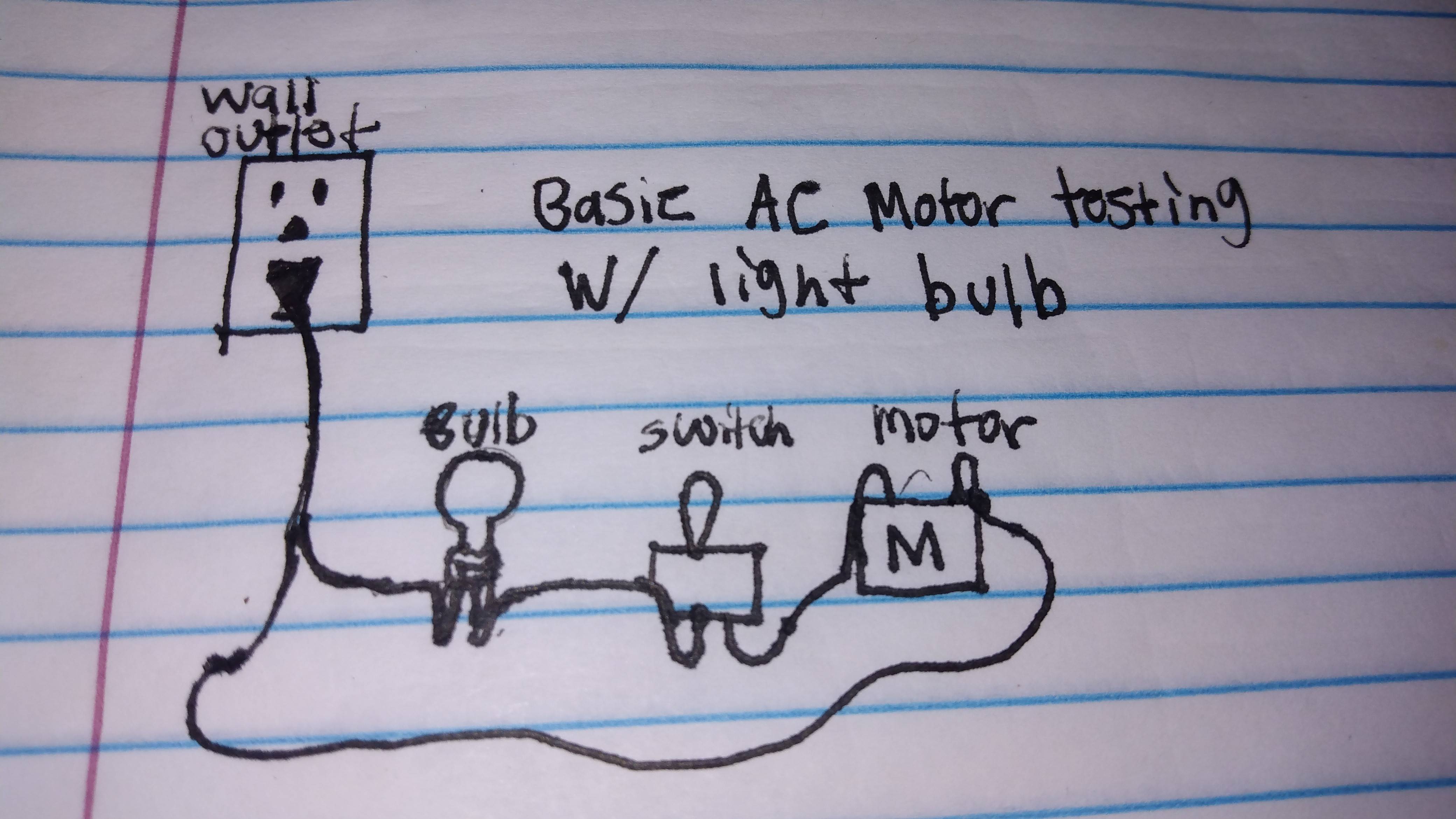Specs:
5hp 16 Gallon Rigid wet/dry shop vac household type
Serial Number: 09270 R 2217
Model: WD16360 120V 10A. 60Hz
Motor: M188306380002 09241 AD U79-251200-001E01 120V 60Hz
PROBLEM SUMMARY:
I disassembled the shop vac motor to replace the termal fuse on one of the stator windings and I don't remember if it's the black cable or the white cable that goes to the start (auxiliary) winding.
The black cable goes from the centrifugal switch (flick switch - terminal insulated with red silicone sleeve to indicate that it's power?) to one of the terminals on the stator armature.
The white cable goes from the power supply cable directly to one of the terminals on the stator armature.
DETAILS AND RESEARCH: I measured the resistance at both windings to define the start winding. Both windings gave me a constant but no difference. e.i., steady 0.00 reading.
I figured that the flick switch would turn off the black cable (terminal insulated with red silicone sleeve at flick switch) and keep supplying 120v power to the run winding via the white cable once the engine was up to speed (typically 75%-80% of full run speed). [please correct me if my theory is wrong] - thanks.
Hence, this would allow me to figure out which cable goes where.
However, that didn't work out so I had to go down a different route.
A practical thing that I did was to look at the blower wheel and noticed that the curved spines angle counter clockwise. So they move air in that direction?
Is this a good guide to connect the wires correctly? based on the direction of the spines on the blower wheel.
Once I connect the terminals and the engine starts spinning counter clockwise the brushes start to spark but the spark doesn't go around the rotor or anything like that. I did notice a bit of chipping on the tips of the brushes after running the engine without it being fastened to the vac body and the motor will slip out of my hands if I don't hold it tight!
Is it normal for the brushes to spark a bit and for the brushed to chip if the armature housing is not stabilized in place?
Another rational thing that I did was to figure that the run winding would need the temp fuse after the start winding had turned off. Is the winding with the temp fuse the run winding?
I couldn't find any diagrams or guides for this engine specifically so any comments help my learning and help me know how to fix equipment correctly before I toss it. Also, I hope it helps another person out there with a similar problem.
Thanks again.









